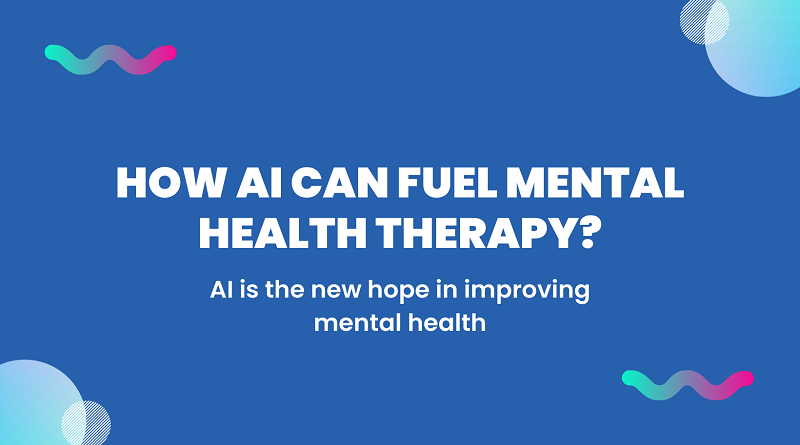OWASP Risk Assessment Framework

Static application security assessment, risk assessment instruments, and dynamic application security testing (DAST) scanners make up the OWASP Risk Assessment Framework. While there’s a variety of SAST and DAST tools accessible to testers, ensuring their compatibility while setting up their testing environment can be a challenge. The Static Application Security Testing tool within the OWASP Risk Assessment Framework allows testers to examine and assess code quality as well as vulnerabilities with minimal configuration. It is possible to incorporate the OWASP Risk Assessment Framework through the OWASP Training so that developers can more easily build and generate secure code.
Table of Contents
- The First Step: Recognizing a Threat
- The Second Step: Factors Estimate Likelihoods
- The Third Step: Impact Estimation Considerations
- The Fourth Step: Assessing the Level of Threats
- The Fifth Step: Determine the Problem Area
- The Sixth Step: Risk Rating Model Customization
- Conclusion

● The First Step: Recognizing a Threat
To begin, a potential security threat must be located. The tester requires to know the identity of the threat agent, the nature of the assault, the nature of the vulnerability, as well as the potential damage to the company if the exploit were successful. There could be a wide variety of malicious actor teams or corporate effects. Since the worst-case scenario carries the greatest danger, it is preferable to err on the opposite side of caution and avoid it. Learn more about it with proper OWASP Training.
● The Second Step: Factors Estimate Likelihoods
Following the discovery of a possible danger, the first step for the tester is to evaluate the “likelihood” of that risk occurring and the severity with which it will affect the project. At the highest possible level, this is an approximate indication of how probable this specific vulnerability is to be detected and used by an attacker. Being extremely detailed is unnecessary here. Still, getting OWASP Interview Questions is beneficial. In most cases, it is sufficient to classify the likelihood as either “low,” “medium,” or “high.”
Probability depends on a lot of different things. The first group of considerations centers on the nature of the threat itself. The objective is to provide an assessment of the probability of an effective attack from a set of potential attackers. One should always plan for the worst-case scenario, as there may be several threat agents which may attack a single vulnerability. It is determined by a variety of circumstances whether or not an insider is a more probable attacker over an anonymous outsider.
● The Third Step: Impact Estimation Considerations
When analyzing the effect of an effective attack, it’s vital to remember the fact that there are two sorts of repercussions. The “technical impact” of a change refers to the effect on the program itself, the information it relies on, and the services it offers. The second is the application’s “business impact,” or its effect on the corporation running the program.
The effect on the company’s bottom line is more crucial. However, you might not have access to everything you need to know to calculate the monetary effects of an effective exploit. Presenting the relevant business representative with as much information as possible regarding the technologyl risk will enable them to make an informed choice regarding the business risk.
● The Fourth Step: Assessing the Level of Threats
Here, we combine our guesses of the risk’s likelihood as well as impact to get a sense of its overall seriousness. In order to achieve this, first determine if the likelihood is small, moderate, or large, after which do the same for the effect that this has.
Non-Formal Approach
There is no harm in merely examining the criteria and recording the replies in many settings. The tester needs to consider all of the potential influences on the outcome and zero in on the decisive “driving” elements. The tester’s initial evaluation may turn out to be incorrect once they take into account less immediately apparent characteristics of the danger.
Systematic Approach
A greater formal method for rating the criteria and computing the conclusion is required if it needs to be to justify the ratings or to make them repeatable. Note that there exists a lot of unpredictability in these estimates as all these elements are meant to help the assessor arrive at a sensible answer. Automated tools can help with the math involved in this procedure.

● The Fifth Step: Determine the Problem Area
A list of priorities of what needs fixing will be created once the application’s hazards have been categorized. The rule of thumb is to address the biggest threats first. With OWASP Training, learning to fix less critical risks, even though they are simple or inexpensive to address, does not improve the risk profile as a whole.
Remember that certain hazards are worth resolving, while some loss is not only expected, yet justifiable depending on the cost of addressing the issue. If it costs $100,000 to build controls that will prevent $2,000 in annual fraud, it will take 50 years to recoup the initial expenditure. However, the damage to the company’s reputation could end up costing considerably more than the actual fraud itself.
● The Sixth Step: Risk Rating Model Customization
An adaptable risk ranking framework is essential for widespread use. Fitting people’s ideas of what constitutes a major risk is much more probable to happen with a customized model. Arguing regarding the risk ratings is a time sink if the numbers don’t come from a reliable model. It’s possible to modify this model in a number of ways to meet the specific needs of your company.
Conclusion
Each consideration is crucial. The factors can be “weighted” to place more emphasis on those that are more crucial to the company in question. Since the tester now needs to employ a weighted average, a model has become somewhat more involved. The OWASP Training is helpful to learn more about it. But except for that, it’s business as usual. Once more, the model can be fine-tuned by comparing its own risk assessments with those that the firm itself accepts as accurate.





